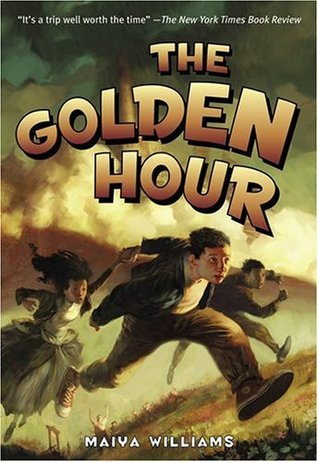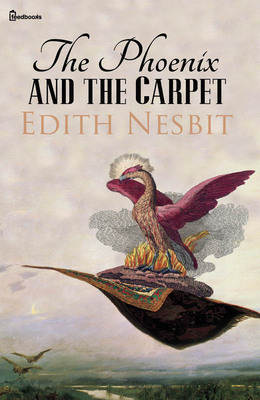Persuasion
by Jane Austen
Recommended Ages: 12+
[button color=”black” size=”big” link=”http://affiliates.abebooks.com/c/99844/77798/2029?u=http%3A%2F%2Fwww.abebooks.com%2Fservlet%2FSearchResults%3Fisbn%3D9780486295558″ target=”blank” ]Purchase here[/button]
The last novel completed by the author of Pride and Prejudice, Sense and Sensibility, and Emma, was first published in 1818, the year after Austen’s death at age 41. Yet though a wistful shadow lies across this book, perhaps in consequence of its author’s failing health, it remains like all her novels a romantic comedy: romantic, because no subject drew on her experience more than the drawing-room society of well-bred and well-off men and women trying to catch wives and husbands; comedies, because she couldn’t dwell long on the subject without an ironic laugh.
Anne Elliot, the middle of three daughters of the repulsively vain and blood-proud Sir Walter Elliot, has outlived the full bloom of her beauty, and so also any realistic hope of finding a husband. Sir Walter is equaled in snootiness only by his elder daughter Elizabeth, who is oblivious to the fact that her best friend is angling to become the next Lady Elliot. Youngest sister Mary married a moneyed gentleman, but she can’t bear being second to anyone—even in her own family. Ever since their late mother’s best friend, Lady Russell, persuaded Anne to break up with her first love—a dashing naval officer named Frederick Wentworth—she has lived only to be of use to her loved ones, who at times hardly seem to love her in return. But now, by a twist of fate, Captain Wentworth has returned with a large fortune and a brilliant career, and in spite of the evidence that he still resents her for dumping him, they can’t avoid being in each other’s company.
At first in the countryside, then in the off-season seaside resort of Lyme, and finally in the social whirl of Bath, Anne and Captain Wentworth’s orbits cross and re-cross. But their chances of starting over as a couple are frustrated at every turn. First the dashing captain seems to be attached to one or the other of Mary’s silly young sisters-in-law. Then it looks—at least, to everyone but Anne—as though her handsome cousin William, recently restored to Sir Walter’s favor, may make a bid for her hand. Whatever surprises happen, whatever information comes to light, that may alter these ideas, they add texture to the heartaches and silences that keep the hero couple apart, that make their prospects together most delicate and vulnerable to mischance. Will the love that has made both Anne and Frederick unhappy for so long finally join them in happiness? The answer is slow in coming. Why? Because the worlds of men and women at that time were so far apart; because transportation was powered by horse, wind, and foot, and that made everything far apart; and because the standards of proper behavior (especially for high-society people) made it hard to say just what one meant to say to the person one meant to say it to. Or to put it in a nutshell, because of everything infuriatingly, absurdly, endearingly funny about the world as Jane Austen saw it.
A recent book on “twenty crucial puzzles” in Jane Austen’s work asks, among other questions, why her romantic leads are always making mistakes and getting into misunderstandings. Anyone with any appreciation of romantic comedy, be it period or contemporary, knows one answer to this: it’s because therein lies the essence of romantic comedy. Without the mistakes and misunderstandings, there would be no tension, conflict, or suspense—no story, even—and whatever would remain would be neither romantic nor funny. This theme coordinates particularly well with the attractive blush of youth. But seeing it, in this book, play out between a couple who have lived past that stage of life—who once had a chance at happiness together when they were young, and now find each other again eight years later, when the bloom of freshness has faded and hope has all but died—the comedy is seasoned with a special poignancy. For example, we read of this novel’s heroine:
She tried to be calm, and leave things to take their course, and tried to dwell much on this argument of rational dependence:—”Surely, if there be constant attachment on each side, our hearts must understand each other ere long. We are not boy and girl, to be captiously irritable, misled by every moment’s inadvertence, and wantonly playing with our own happiness.” And yet, a few minutes afterwards, she felt as if their being in company with each other, under their present circumstances, could only be exposing them to inadvertencies and misconstructions of the most mischievous kind.
And so the crossed signals that make a romantic comedy both funny and charming, serve another purpose in the mind of an author who saw her own hopes for a happy ending fading away. They school the hero and heroine, and the author herself, and you and me, to be prepared to accept with patience any outcome, happy or sad. And if the right boy and girl do end up together—even eight years too late—the goofs and gaffes that kept them apart will also teach them to accept their happiness with the gratefulness due an undeserved gift.
This book is, in short, a mature romance. As comedy goes, it is not “ha-ha” funny. Its satire of the foolish nobility in its ridiculous pride and pretensions, of the selfish rich and their morally bankrupt social ambition, owes its gentle and tolerant tone to the sweetness of Anne Elliot’s character. But pride on one side and ambition on the other lead her and her family to the brink of tragedy. And one senses a certain savage joy in the way Austen reveals what is really going on, particularly on the part of Mrs. Clay (Elizabeth’s climbing friend) and Mr. Elliot (the kissing cousin). One of Anne’s saving graces proves to be her friendship toward a sick and disappointed widow, who gives her the information she needs at the crucial time. Just think: this character, Mrs. Smith, gets a modestly happy ending of her own, just when Austen’s sickness and singleness were reaching a point of no return. I think this expresses the basic optimism of Jane Austen’s outlook on life: an optimism tried by experience and undestroyed by the approach of death. Together with the fragility of Anne Elliot’s hopes and the lateness of their fulfillment, it makes this romantic comedy uniquely touching and bittersweet.




